Home>diy>Building & Construction>What Is Infrastructure Construction
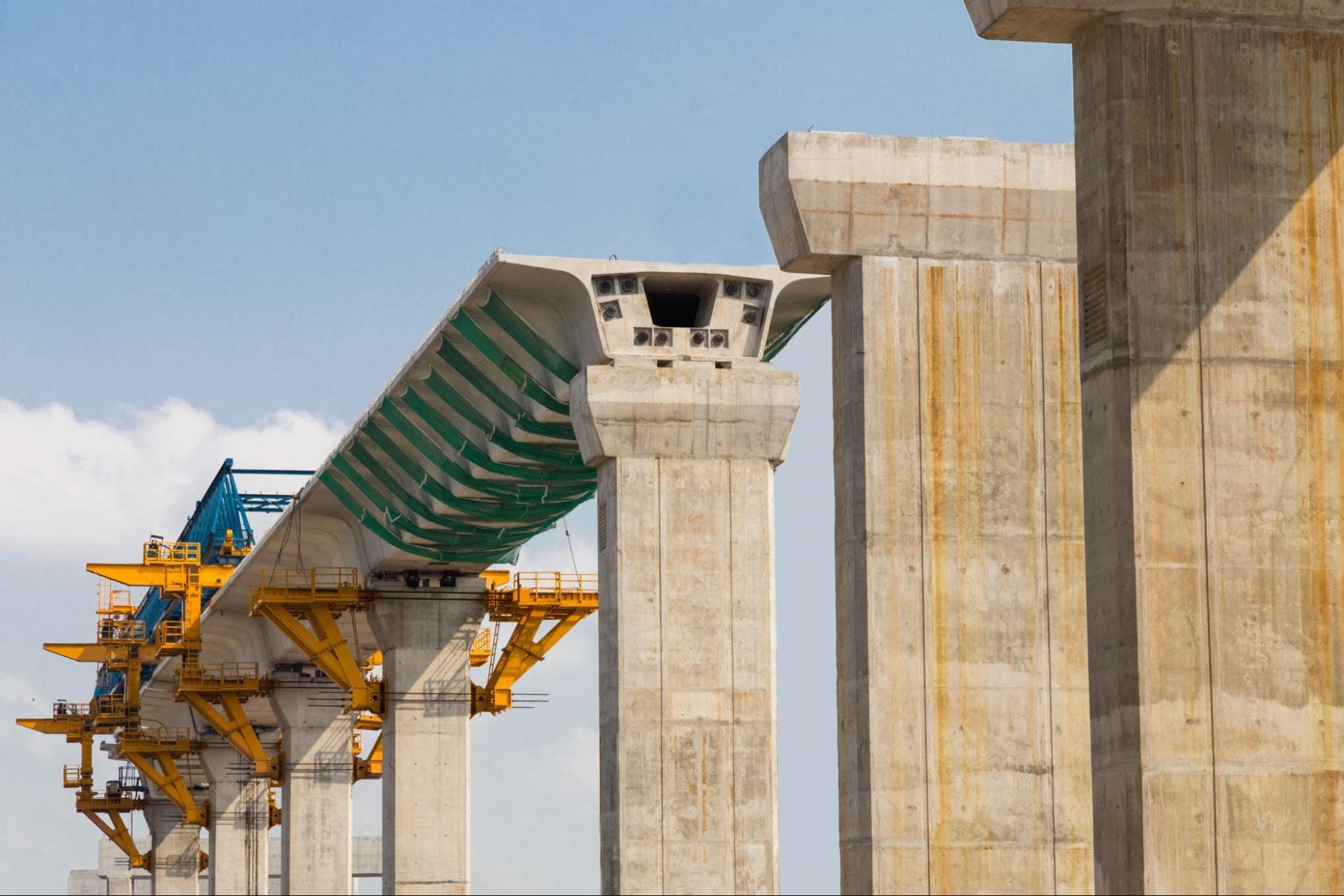

Building & Construction
What Is Infrastructure Construction
Modified: December 7, 2023
Learn about infrastructure construction and the importance of building construction projects. Discover key concepts, techniques, and trends in building-construction.
(Many of the links in this article redirect to a specific reviewed product. Your purchase of these products through affiliate links helps to generate commission for Storables.com, at no extra cost. Learn more)
Introduction
Infrastructure construction plays a crucial role in the development and progress of societies worldwide. It encompasses various aspects of building and maintaining essential facilities that support economic growth, public services, and the overall well-being of communities. From roads and bridges to power grids and water systems, infrastructure construction is the backbone of modern civilization.
Infrastructure construction can be defined as the process of planning, designing, constructing, and maintaining physical structures and systems that are necessary for the functioning of a society. These structures include transportation networks, energy facilities, communication systems, water and sewage systems, and public buildings. The goal of infrastructure construction is to create a reliable and efficient infrastructure that meets the needs of the present and future generations.
The importance of infrastructure construction cannot be overstated. It is the foundation upon which economic growth and societal progress are built. A well-developed infrastructure improves connectivity, enhances mobility, promotes trade, and attracts investment. It provides essential services such as electricity, clean water, and sanitation, which are crucial for the health and well-being of individuals. Additionally, infrastructure construction contributes to job creation, stimulates economic activity, and fosters social development.
Infrastructure construction covers a wide range of areas, each with its own unique challenges and requirements. These areas include transportation infrastructure, energy infrastructure, communication infrastructure, water and sewage infrastructure, and public infrastructure. Let’s explore each of these areas in more detail:
Key Takeaways:
- Infrastructure construction is vital for economic growth, social development, and disaster resilience. It encompasses transportation, energy, communication, water, and public infrastructure, requiring collaboration and expertise.
- Future trends in infrastructure construction include sustainability, smart technologies, resilient design, and digitalization. Embracing these trends will shape a more sustainable and technologically advanced infrastructure for the future.
Read more: What Is Construction
Definition of Infrastructure Construction
Infrastructure construction refers to the process of designing, building, and maintaining physical structures and systems that are vital for the functioning and development of a society. It involves the creation and management of various essential facilities, including transportation networks, energy facilities, communication systems, water and sewage systems, and public buildings.
The primary goal of infrastructure construction is to provide efficient and reliable infrastructure that meets the needs of the present and future generations. It requires careful planning, engineering expertise, and collaboration between various stakeholders, including government agencies, private companies, and communities.
Infrastructure construction projects encompass a wide range of activities, including site preparation, excavation, construction of foundations, erection of structures, installation of utilities, and final landscaping. These projects involve the use of various materials and technologies to ensure the durability, sustainability, and safety of the infrastructure.
Infrastructure construction is a multi-disciplinary field that requires expertise in engineering, architecture, project management, environmental assessment, and regulatory compliance. It involves complex planning processes to determine the optimal location, design, and construction methods for infrastructure projects.
Infrastructure construction projects can vary in scale and scope, ranging from small-scale initiatives such as neighborhood roads and pipelines to large-scale projects such as highway systems, power plants, and airports. They can be initiated by government entities or private organizations, driven by the need to improve transportation, enhance energy security, expand communication networks, or meet growing water and sanitation demands.
Overall, infrastructure construction is essential for the socioeconomic development of a society. It facilitates economic growth, improves accessibility and connectivity, enhances public services, and promotes the overall well-being of communities. It is a critical investment that lays the foundation for future progress and ensures a sustainable and prosperous future.
Importance of Infrastructure Construction
Infrastructure construction plays a pivotal role in the development and prosperity of societies. It is a crucial investment that provides numerous benefits for both individuals and the economy as a whole. Let’s explore the importance of infrastructure construction:
- Economic Growth: Infrastructure construction is a catalyst for economic growth. It creates job opportunities, stimulates economic activity, and attracts investments. Well-developed infrastructure enhances productivity, reduces transportation costs, and improves market access, allowing businesses to thrive and expand.
- Connectivity and Mobility: Infrastructure construction improves connectivity and mobility by developing transportation networks such as roads, highways, railways, and airports. Efficient transportation systems enable seamless movement of goods, services, and people, facilitating trade, tourism, and economic integration.
- Access to Basic Services: Infrastructure construction provides access to essential services such as electricity, clean water, sanitation, and healthcare. Reliable energy infrastructure ensures uninterrupted power supply, enabling businesses to function optimally and improving the quality of life for individuals.
- Social Development: Infrastructure construction plays a vital role in social development. It supports the creation of educational institutions, healthcare facilities, public parks, and other amenities that enhance the overall well-being of communities. Proper infrastructure contributes to a better quality of life, improved health outcomes, and increased opportunities for education and recreation.
- Disaster Resilience: Infrastructure construction includes measures to enhance resilience against natural disasters. By incorporating robust building materials, efficient drainage systems, and appropriate structural designs, infrastructure can withstand and mitigate the impacts of earthquakes, floods, hurricanes, and other hazards, thus safeguarding lives and minimizing damage.
- Environmental Sustainability: Infrastructure construction can promote environmental sustainability. By incorporating renewable energy sources, green building practices, and efficient water management systems, it reduces carbon emissions, conserves natural resources, and minimizes the ecological footprint.
Overall, infrastructure construction is crucial for a thriving and prosperous society. It improves economic competitiveness, enhances quality of life, and contributes to sustainable development. By investing in robust and well-maintained infrastructure, governments and organizations can lay the foundation for long-term growth, resilience, and social progress.
Different Areas of Infrastructure Construction
Infrastructure construction encompasses various areas, each with its own specific requirements and considerations. Let’s explore the different areas of infrastructure construction:
- Transportation Infrastructure: This area focuses on the construction and maintenance of transportation networks, including roads, highways, bridges, tunnels, railways, airports, and seaports. It involves ensuring efficient and safe movement of people and goods, improving connectivity between regions, and supporting economic activities.
- Energy Infrastructure: Energy infrastructure construction involves the development of power generation, transmission, and distribution systems. It includes the construction of power plants, wind farms, solar farms, electrical grids, substations, and pipelines. A robust energy infrastructure ensures a reliable and uninterrupted supply of electricity to meet the growing energy demands of industries and households.
- Communication Infrastructure: Communication infrastructure focuses on the construction of networks and systems that enable the transmission of information and data. It includes the installation of fiber-optic cables, telephone lines, mobile phone towers, satellite systems, and internet infrastructure. A well-developed communication infrastructure is essential for seamless connectivity, information exchange, and technological advancement.
- Water and Sewage Infrastructure: This area involves the construction of water supply systems, wastewater treatment plants, sewage systems, dams, reservoirs, and irrigation networks. It ensures access to clean and safe drinking water, proper sanitation, and efficient management of water resources. Water and sewage infrastructure plays a critical role in public health, environmental protection, and sustainable water management.
- Public Infrastructure: Public infrastructure construction includes the development of public facilities and amenities. It encompasses the construction of schools, hospitals, government buildings, parks, museums, sports complexes, and other community spaces. Public infrastructure enhances the quality of life, promotes social interaction, and contributes to the overall well-being of communities.
These different areas of infrastructure construction are interconnected and mutually dependent. Well-developed transportation systems require reliable energy supply, efficient communication networks, and access to clean water. Similarly, public infrastructure relies on reliable transportation, energy, and communication systems to function effectively.
Infrastructure construction in each area requires specialized knowledge, expertise, and collaboration between various stakeholders, including engineers, architects, urban planners, environmental specialists, and policymakers. It involves thorough planning, precise execution, and continuous maintenance to ensure the longevity and effectiveness of the infrastructure.
By investing in these different areas of infrastructure construction, governments and organizations can create a solid foundation for economic growth, social development, and sustainable progress for present and future generations.
Types of Infrastructure Projects
Infrastructure projects encompass a wide range of initiatives that aim to enhance and expand essential facilities and systems. Let’s explore some common types of infrastructure projects:
- Transportation Projects: These projects focus on improving transportation networks and enhancing mobility. They can include the construction of highways, bridges, tunnels, railways, airports, seaports, and urban transit systems. Transportation projects aim to improve connectivity, reduce travel times, and enhance the efficiency of the transportation system.
- Energy Projects: Energy projects involve the construction of power generation, transmission, and distribution infrastructure. They can include the development of power plants, renewable energy facilities such as wind farms and solar installations, electrical grids, and natural gas pipelines. Energy projects aim to ensure a reliable and sustainable energy supply to meet the growing demands of industries and households.
- Communication Projects: Communication projects focus on the expansion and improvement of communication networks and systems. They can include the installation of fiber-optic cables, mobile phone towers, satellite systems, and internet infrastructure. Communication projects aim to enhance connectivity, improve internet access, and facilitate the transmission of information and data.
- Water and Sewage Projects: Water and sewage projects involve the construction and improvement of water supply and wastewater management infrastructure. They can include the construction of water treatment plants, reservoirs, irrigation networks, sewage systems, and stormwater drainage systems. Water and sewage projects aim to ensure access to clean and safe water, improve sanitation, and protect water resources.
- Public Infrastructure Projects: Public infrastructure projects focus on the development of public facilities and amenities. They can include the construction of schools, hospitals, government buildings, parks, sports complexes, libraries, and cultural centers. Public infrastructure projects aim to enhance the quality of life, provide essential services, and promote community well-being.
These are just a few examples of the many types of infrastructure projects that exist. Each type of project requires careful planning, design, and execution to ensure its effectiveness and long-term sustainability. Additionally, infrastructure projects may involve a combination of different types, especially in cases where they are integrated or interconnected.
It is important to note that infrastructure projects can vary in size and complexity. They can range from small-scale, localized projects that serve a specific community to large-scale, regional or national projects that have a significant impact on the economy and society as a whole.
By diversifying and investing in various types of infrastructure projects, governments and organizations can improve the overall quality of infrastructure, promote economic growth, enhance public services, and build resilient and sustainable communities.
When planning infrastructure construction, consider the long-term needs of the community, environmental impact, and potential for future expansion or upgrades.
Read more: What Is TCO In Construction
Process of Infrastructure Construction
The process of infrastructure construction involves several critical steps, from initial planning to final completion. While the specifics may vary depending on the project type and scope, the general process typically includes the following stages:
- Project Initiation: This stage involves identifying the need for infrastructure development and establishing the project’s goals and objectives. It includes conducting feasibility studies, assessing environmental and social impacts, and obtaining necessary approvals and permits.
- Design and Engineering: In this stage, engineers and architects develop detailed plans and design specifications for the infrastructure project. They consider factors such as structural integrity, functionality, sustainability, and compliance with relevant regulations and standards.
- Procurement and Contracting: This stage involves procuring necessary materials, equipment, and services for the construction project. It includes bidding processes, contract negotiations, and ensuring compliance with procurement regulations and guidelines.
- Site Preparation: Before construction begins, the project site must be prepared. This may involve clearing the land, leveling uneven terrain, and conducting soil investigations to evaluate the site’s suitability and foundation requirements.
- Construction: This is the main stage of the infrastructure project where the physical construction takes place. It involves executing the plans and specifications developed in the design stage. Construction activities may include excavation, foundation work, structural assembly, installation of utilities, and finishing works.
- Quality Control and Assurance: Throughout the construction process, quality control measures are implemented to ensure that the infrastructure meets the required standards and specifications. This includes regular inspections, testing of materials and structures, and adherence to safety protocols.
- Project Management: Effective project management is crucial in infrastructure construction. It involves coordinating and supervising various stakeholders, managing timelines and budgets, and ensuring smooth communication between teams. Project managers oversee the progress of the construction project and mitigate any issues or delays that arise.
- Commissioning and Handover: Once construction is completed, the infrastructure project undergoes commissioning to ensure that all systems and components are functioning correctly. This includes testing equipment, conducting safety checks, and obtaining necessary certifications. After successful commissioning, the infrastructure is handed over to the owner or operator for ongoing maintenance and operation.
- Maintenance and Upgrades: Infrastructure construction does not end with project completion. Regular maintenance and periodic upgrades are essential to ensure the longevity and functionality of the infrastructure. This includes routine inspections, repairs, and updates to keep the infrastructure in optimal condition.
The process of infrastructure construction requires collaboration among various professionals, including engineers, architects, project managers, contractors, and government authorities. Effective communication, strict adherence to standards, and ongoing monitoring and evaluation are key to successful infrastructure construction projects.
By following a systematic and well-planned process, infrastructure construction projects can be completed efficiently, ensuring the delivery of quality infrastructure that meets the needs of communities and contributes to overall societal development.
Challenges and Considerations in Infrastructure Construction
Infrastructure construction projects are complex undertakings that often face various challenges and require careful considerations. Let’s explore some of the key challenges and considerations in infrastructure construction:
- Funding: One major challenge in infrastructure construction is securing adequate funding. Infrastructure projects can require substantial investment, and finding the necessary financial resources from public or private sources can be a significant hurdle. Effective financial planning and exploring innovative funding mechanisms are essential considerations to overcome this challenge.
- Regulatory and Permitting Processes: Infrastructure construction projects must navigate through complex regulatory and permitting processes. Obtaining the necessary approvals, permits, and environmental clearances can cause delays and increase project costs. It is crucial to have a thorough understanding of regulatory frameworks and engage with relevant authorities early in the project planning stage.
- Environmental and Social Impacts: Infrastructure construction can have significant environmental and social impacts. Proper assessment and management of these impacts are necessary to ensure sustainable and responsible construction practices. Factors such as noise, pollution, habitat disruption, and community displacement must be carefully considered and mitigated through appropriate measures.
- Logistics and Supply Chain: Managing the logistics and supply chain in infrastructure construction can be challenging, especially for large-scale projects. Ensuring the timely delivery of materials, coordinating transport, and handling unforeseen disruptions are critical considerations. Effective project management, coordination between stakeholders, and contingency planning are vital to overcome these challenges.
- Technical Complexity: Infrastructure construction projects often involve advanced engineering and technological complexities. Building structures that can withstand environmental hazards, managing intricate electrical and mechanical systems, and integrating smart technologies require specialized expertise. Engaging experienced professionals and adopting innovative construction techniques can help address these technical challenges.
- Community Engagement: Infrastructure construction projects can impact local communities. It is essential to engage with communities early in the planning stage, ensuring transparency, and addressing concerns. Including community input in decision-making processes and implementing social initiatives can help build trust and ensure the project’s acceptance and success.
- Safety and Risk Management: Safety is a critical consideration in infrastructure construction. The construction site can pose various risks, including accidents, health hazards, and natural disasters. Implementing robust safety protocols, training construction workers, and conducting thorough risk assessments are essential for ensuring a safe construction environment.
- Sustainability and Resilience: Building sustainable and resilient infrastructure is becoming increasingly important. Considering energy-efficient design, incorporating renewable energy sources, minimizing waste generation, and designing for climate change resilience are essential considerations. Embracing sustainable and resilient practices ensures the longevity and adaptability of the infrastructure.
Addressing these challenges and considerations requires a collaborative and proactive approach from various stakeholders, including project owners, government entities, contractors, and local communities. By effectively managing these challenges and considering these critical factors, infrastructure construction projects can be successful in delivering high-quality infrastructure that meets the needs of society while minimizing environmental impacts and maximizing societal benefits.
Future Trends in Infrastructure Construction
As technology advances and global challenges evolve, the field of infrastructure construction is constantly evolving. Here are some key future trends that are expected to shape the industry:
- Sustainable Construction: The emphasis on sustainability will continue to grow in infrastructure construction. There will be a greater focus on constructing environmentally-friendly and energy-efficient buildings and infrastructure. Incorporating renewable energy sources, implementing green building practices, and using sustainable materials will become the norm.
- Smart Infrastructure: The integration of smart technologies into infrastructure construction will revolutionize the industry. The use of sensors, real-time data collection, and advanced analytics will enable infrastructure to operate more efficiently and adapt to changing needs. Smart infrastructure will enhance sustainability, improve maintenance practices, and enhance user experience.
- Resilient Design: As the frequency and intensity of natural disasters increase, resilient design will become a crucial consideration in infrastructure construction. Building infrastructure that can withstand extreme weather events, floods, earthquakes, and other hazards will be a priority. Incorporating resilient design features such as reinforced structures and advanced flood control systems will become standard practice.
- Modular and Prefabricated Construction: The use of modular and prefabricated construction techniques will gain popularity in the future. These methods involve manufacturing components off-site and assembling them on-site, resulting in faster construction, reduced waste, and improved efficiency. Prefabricated construction allows for greater precision, quality control, and cost-effectiveness.
- Infrastructure for Renewable Energy: With the increasing focus on clean energy, infrastructure construction will play a vital role in supporting the expansion of renewable energy sources. The construction of solar and wind farms, energy storage facilities, and smart grids will be a key area of growth. Building infrastructure that can support the integration and distribution of renewable energy will be a priority.
- Digitalization and Building Information Modeling (BIM): The adoption of digital technologies and Building Information Modeling (BIM) will continue to transform infrastructure construction. BIM enables the creation of virtual 3D models that incorporate detailed information about the structure, materials, and systems. This digitalization streamlines project planning, design, and construction, facilitating collaboration and reducing errors.
- Transportation Innovations: Advancements in transportation technology will reshape infrastructure construction. The integration of autonomous vehicles, electric mobility, and smart transportation systems will require the development of infrastructure that supports these innovations. Construction of charging stations, intelligent transportation systems, and infrastructure for shared and connected mobility will be essential.
- Enhanced Project Management and Collaboration: The future of infrastructure construction lies in improved project management and collaboration. Utilizing advanced project management software, cloud-based platforms, and virtual communication tools will enhance efficiency, transparency, and coordination among project stakeholders. This will facilitate better collaboration, minimize delays, and ensure project success.
These future trends in infrastructure construction are driven by the need for sustainable, resilient, and technologically advanced infrastructure. As the world faces increasing population growth, urbanization, and environmental concerns, the construction industry must adapt to meet these challenges. Embracing these trends will ensure the development of infrastructure that is not only functional but also environmentally friendly, resilient, and capable of meeting the expectations and needs of society in the future.
Conclusion
Infrastructure construction is a critical component of societal development and progress. It encompasses the planning, design, construction, and maintenance of essential facilities and systems that support economic growth, enhance quality of life, and improve overall well-being. From transportation and energy infrastructure to communication and water systems, infrastructure construction plays a pivotal role in shaping the modern world.
The importance of infrastructure construction cannot be overstated. It drives economic growth by attracting investment, improving connectivity, and providing essential services. Infrastructure projects create job opportunities, stimulate economic activity, and support sustainable development. From improving transportation networks and ensuring a reliable energy supply to enhancing communication systems and providing access to clean water, infrastructure construction directly impacts the daily lives of individuals.
Infrastructure construction is a multidimensional field that encompasses various areas, including transportation, energy, communication, water and sewage, and public infrastructure. These areas require specialized knowledge and expertise to ensure efficient and sustainable development.
However, infrastructure construction also comes with its own set of challenges and considerations. These challenges include securing funding, navigating complex regulatory processes, addressing environmental and social impacts, managing logistics, and ensuring safety and resilience. By addressing these challenges and considering factors such as sustainability, smart technologies, and collaborative project management, the industry can overcome obstacles and deliver high-quality infrastructure that benefits society.
The future of infrastructure construction is marked by advancements in technology and a greater emphasis on sustainability and resilience. Smart infrastructure, sustainable construction practices, digitalization, and resilient design will shape the industry’s future. Building infrastructure that can support renewable energy, embracing modular and prefabricated construction methods, and enhancing collaboration and project management will be crucial.
In conclusion, infrastructure construction is a fundamental pillar of societal development. It lays the foundation for economic growth, social well-being, and environmental sustainability. By investing in quality infrastructure and adapting to future trends, governments and organizations can create a more prosperous and resilient future for generations to come.
Frequently Asked Questions about What Is Infrastructure Construction
Was this page helpful?
At Storables.com, we guarantee accurate and reliable information. Our content, validated by Expert Board Contributors, is crafted following stringent Editorial Policies. We're committed to providing you with well-researched, expert-backed insights for all your informational needs.

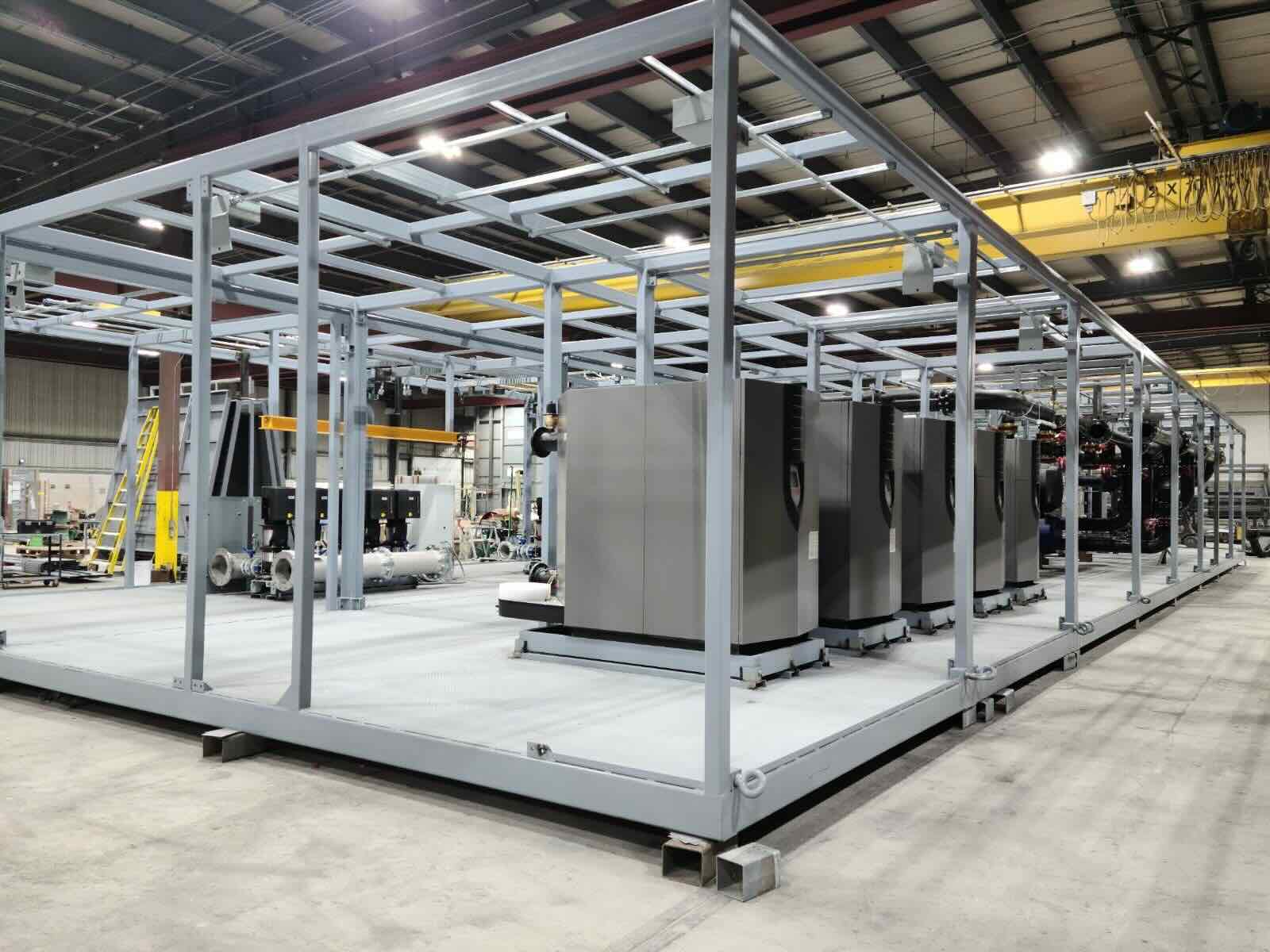
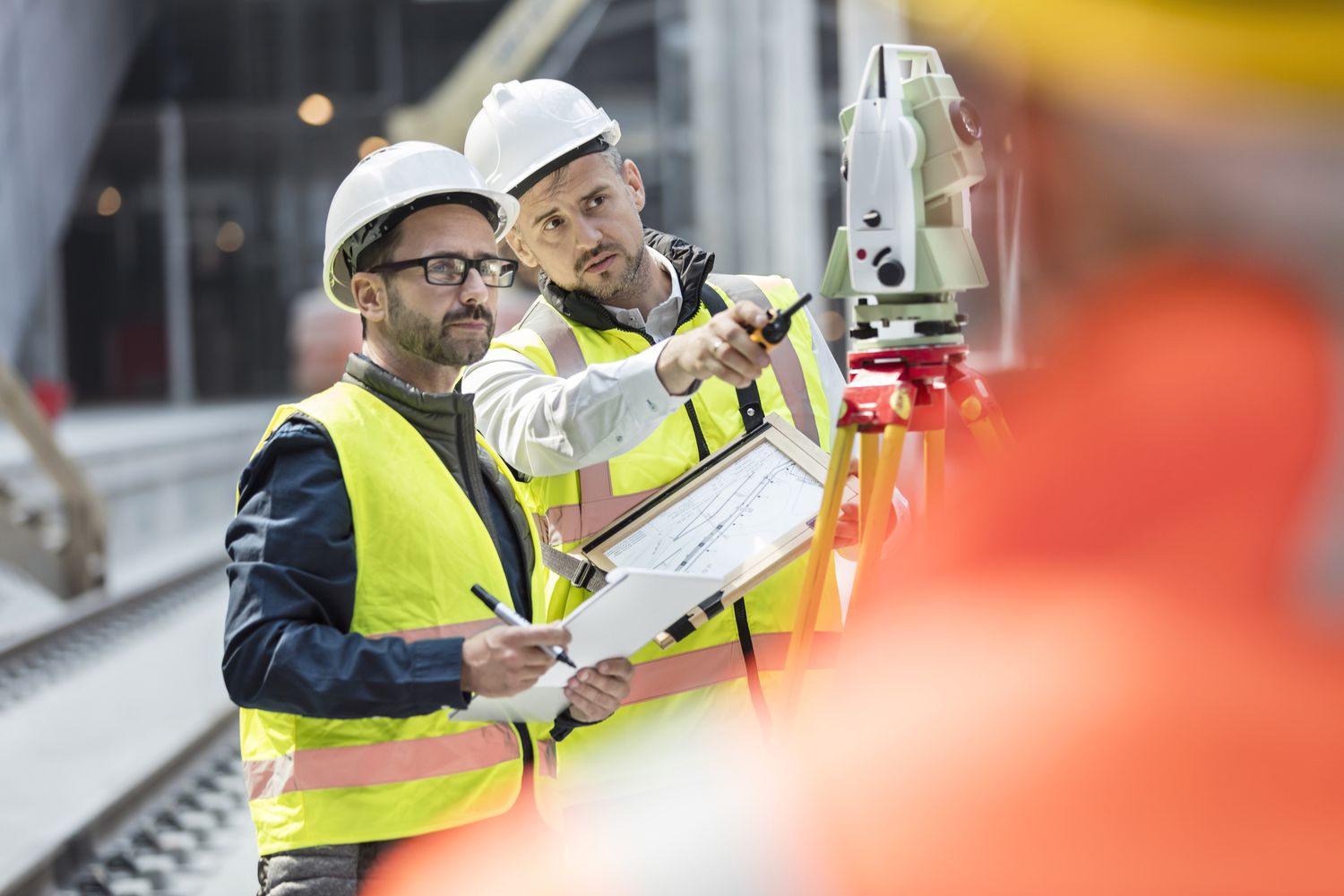
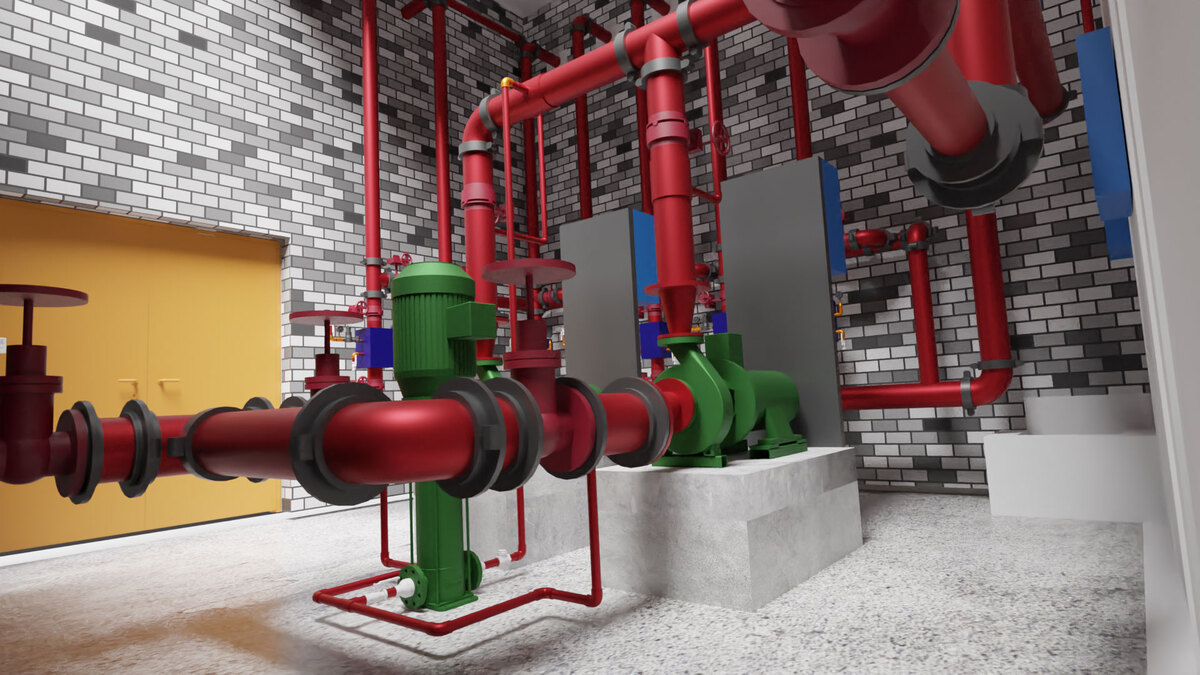

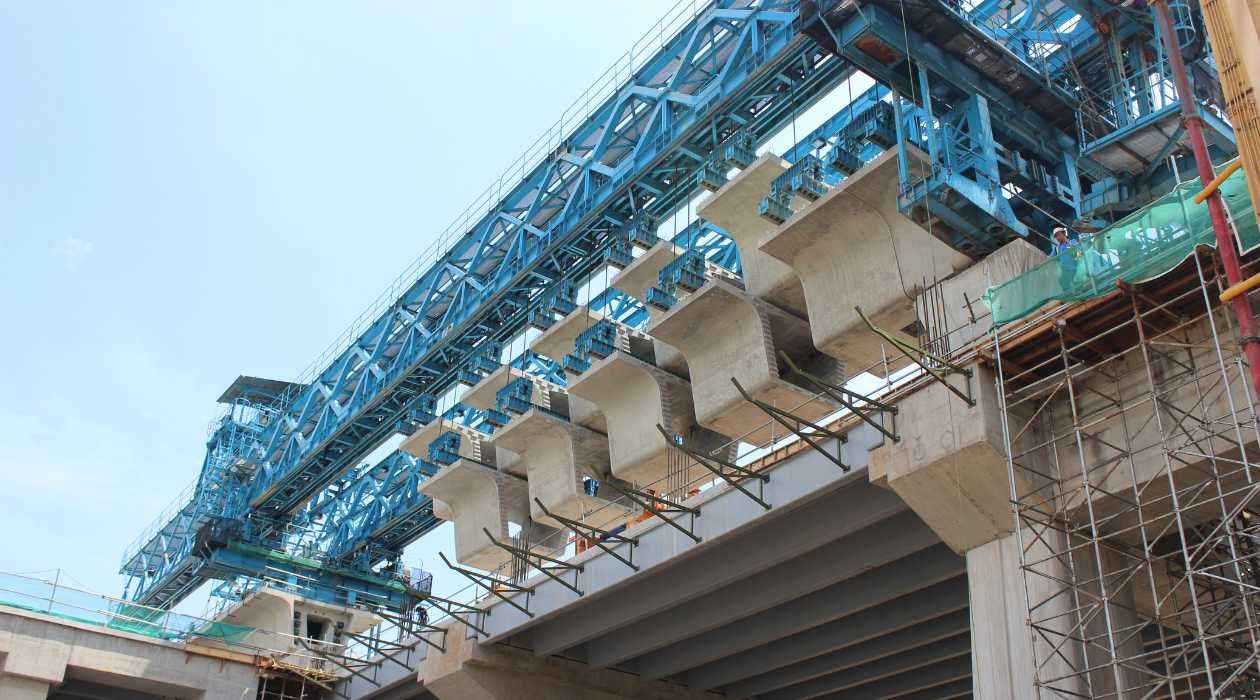

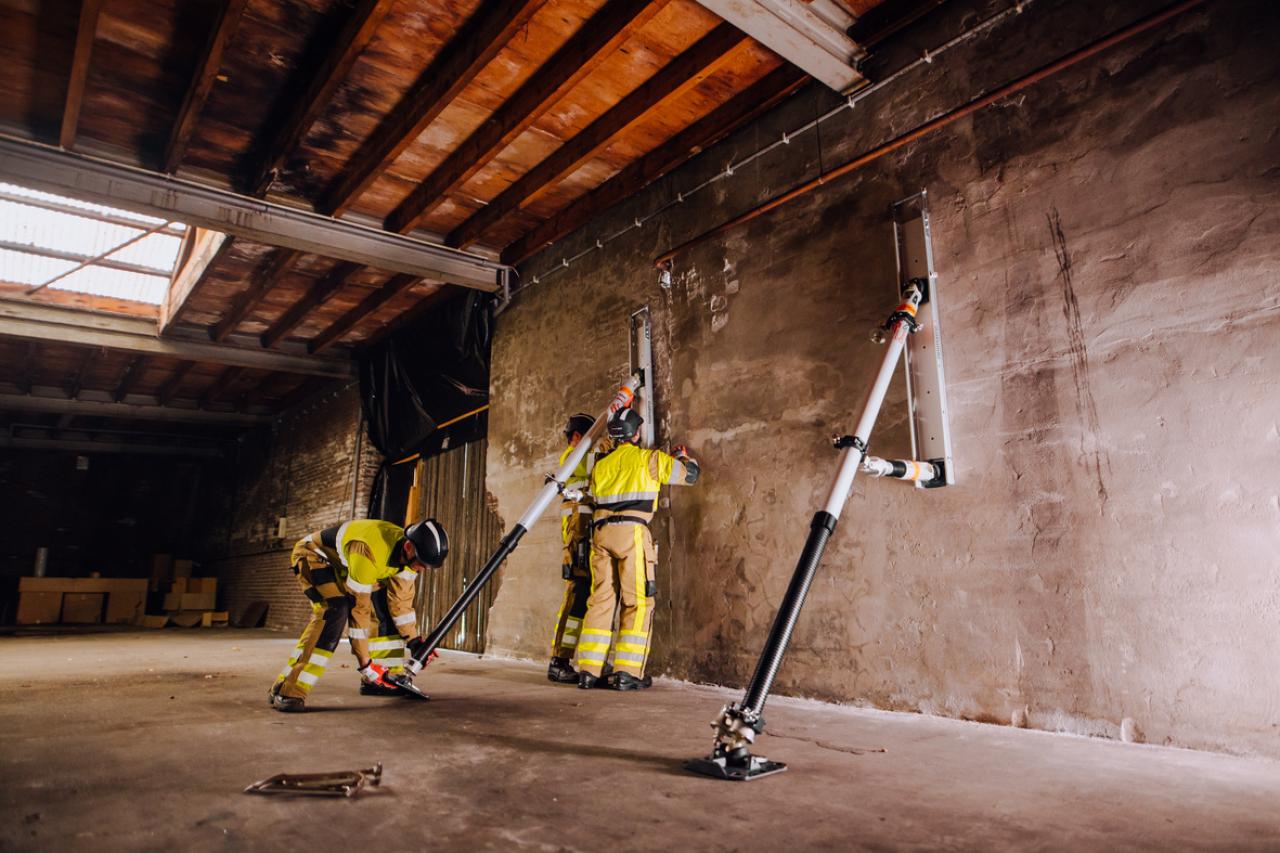



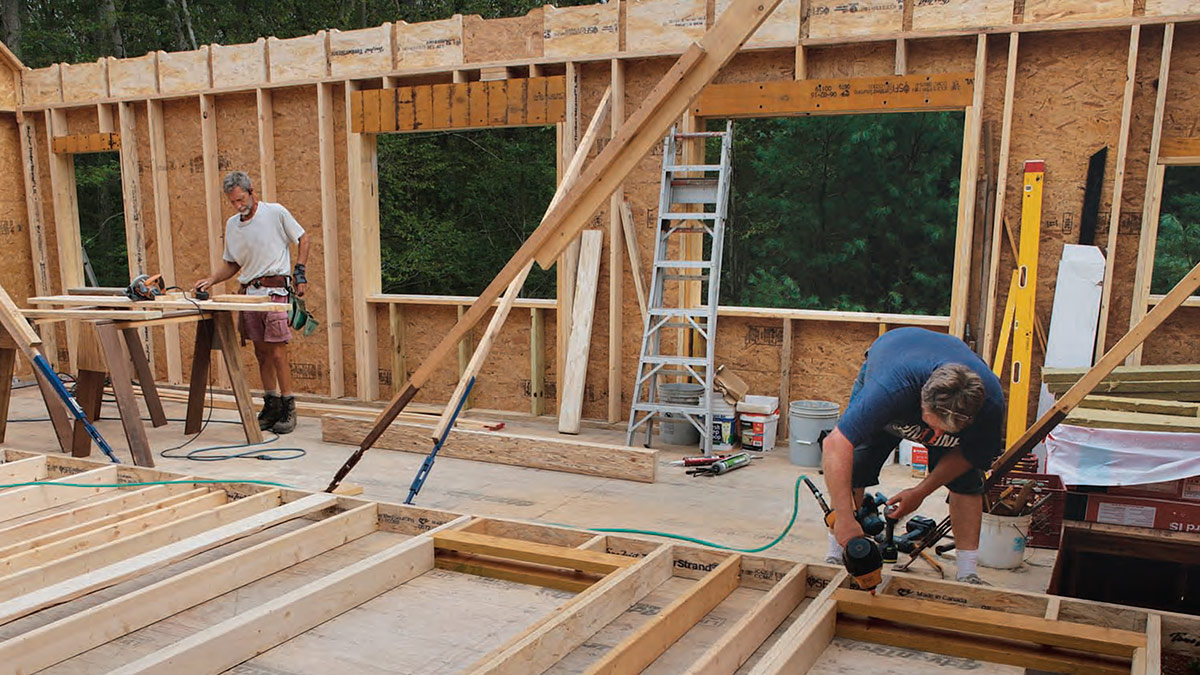
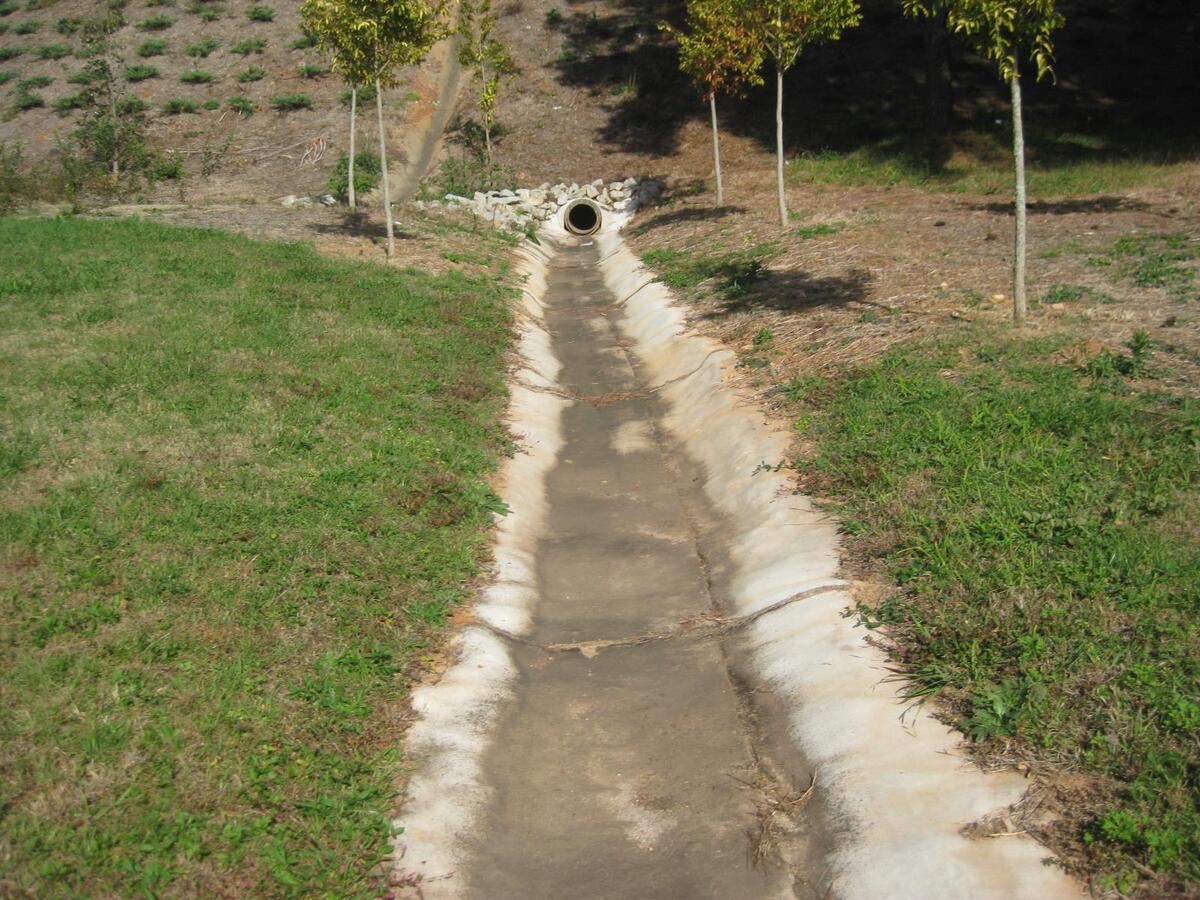
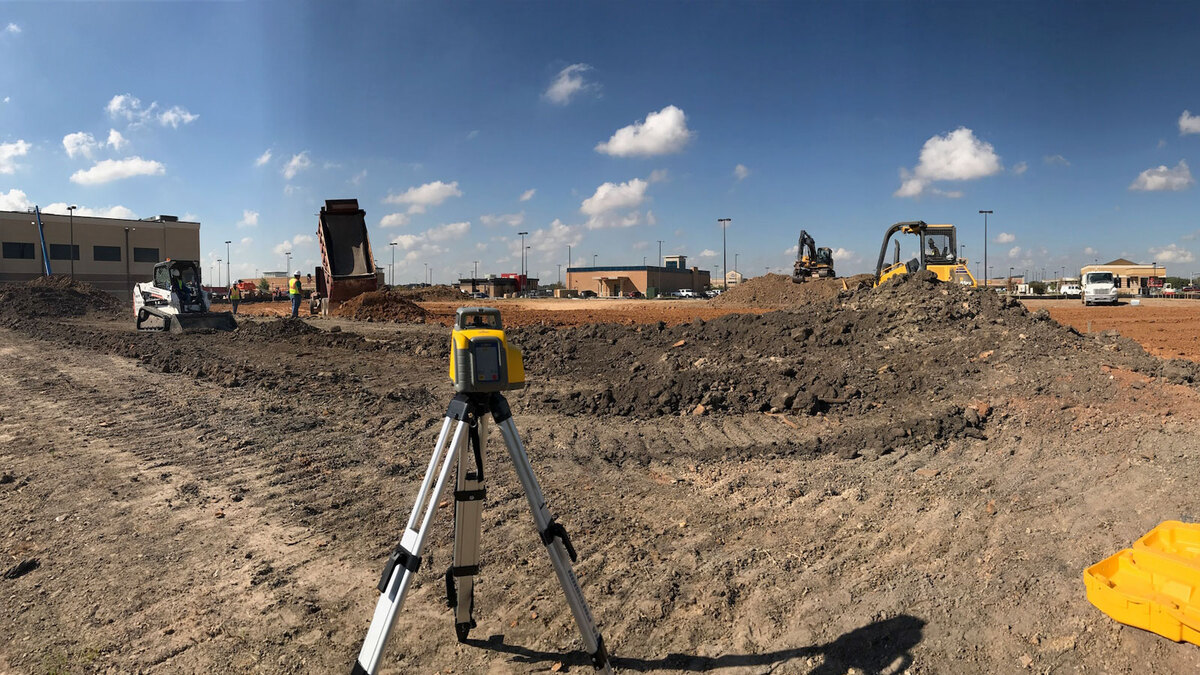

0 thoughts on “What Is Infrastructure Construction”